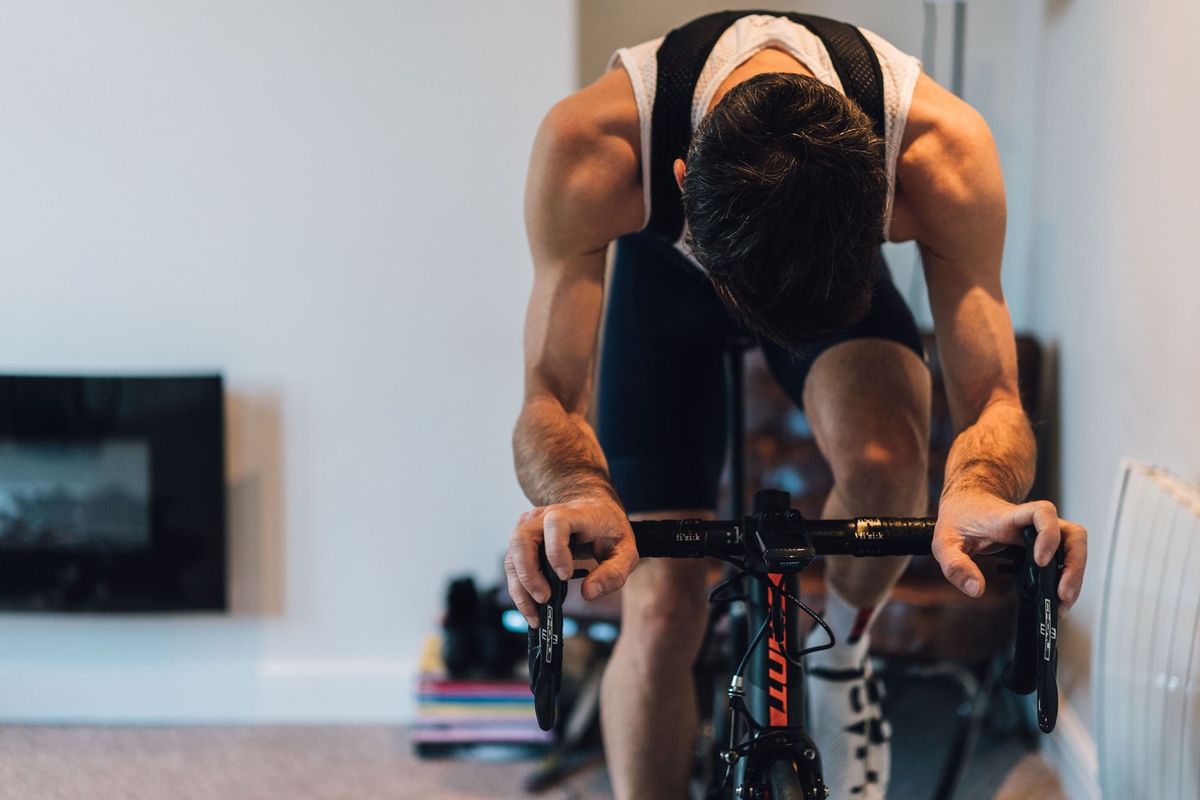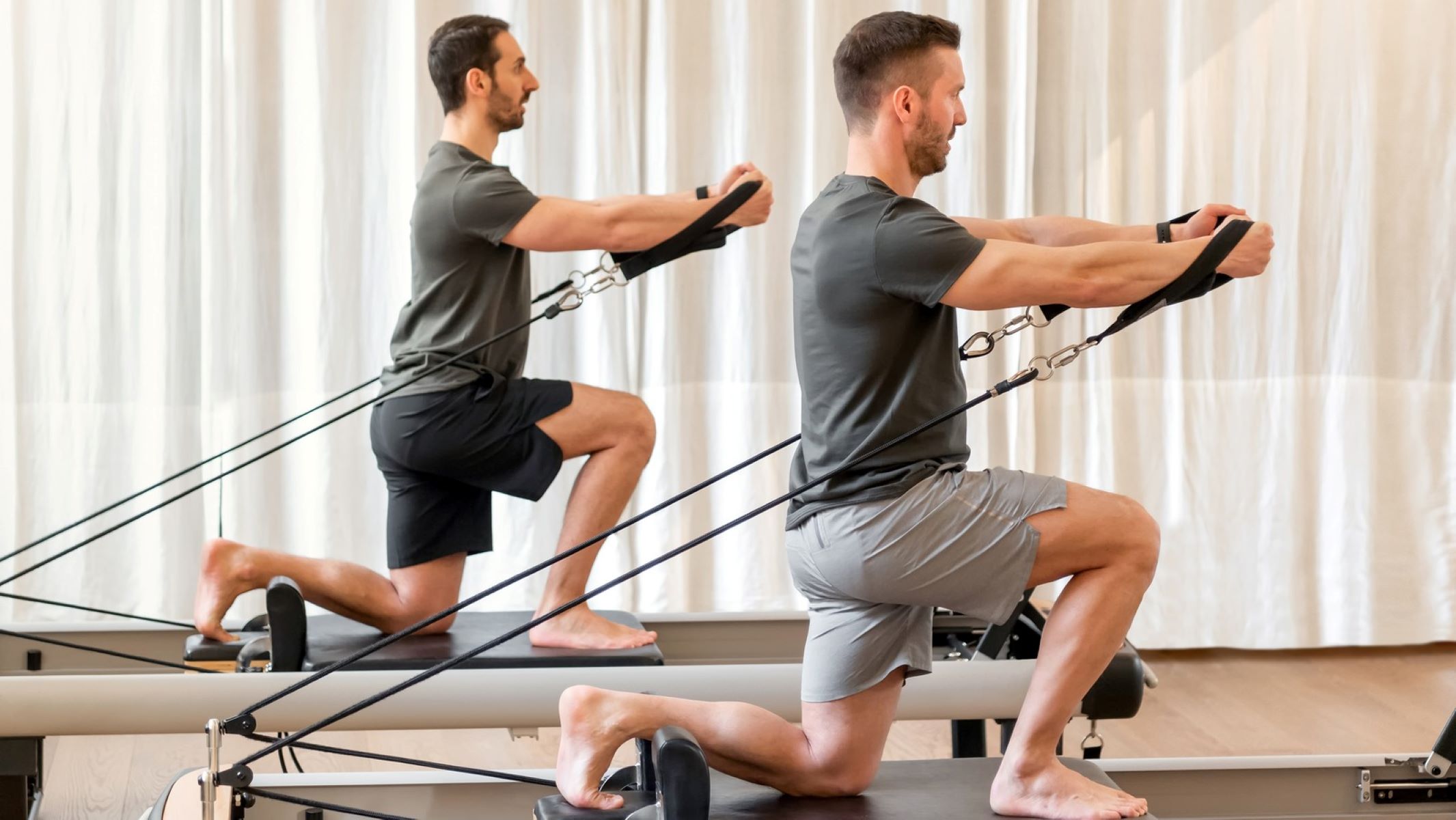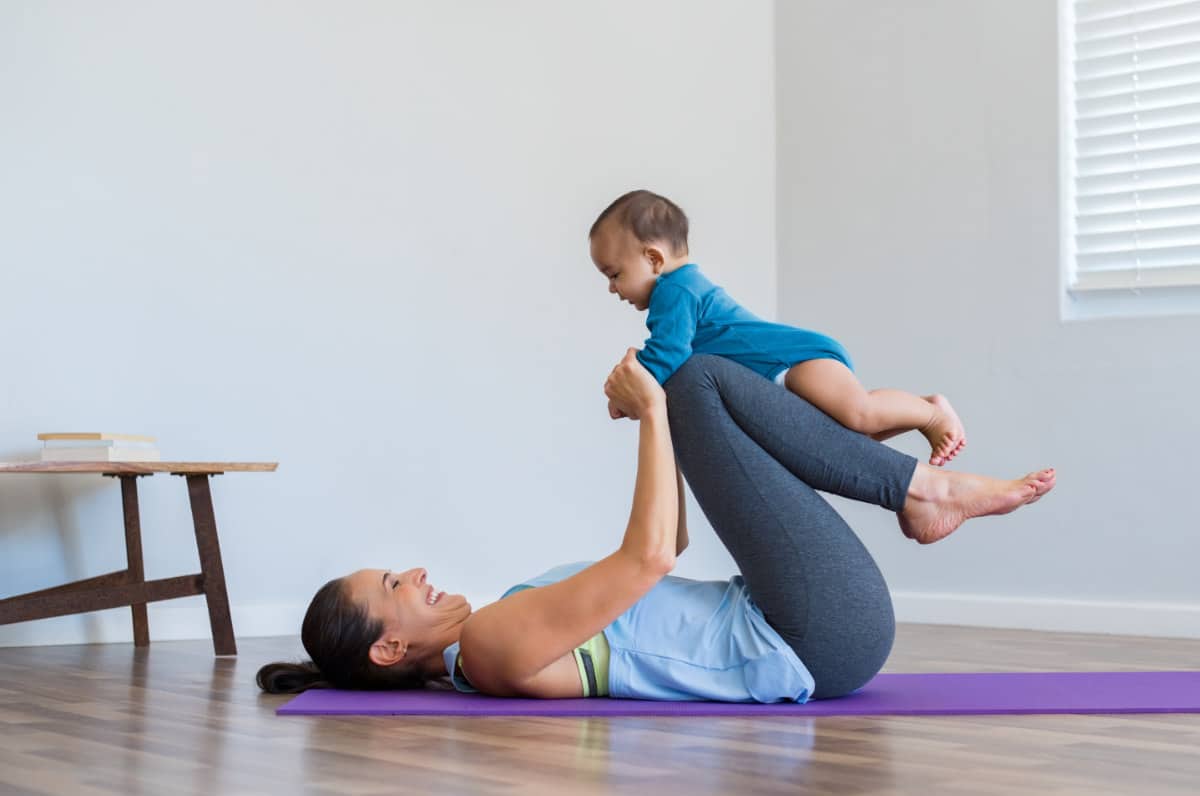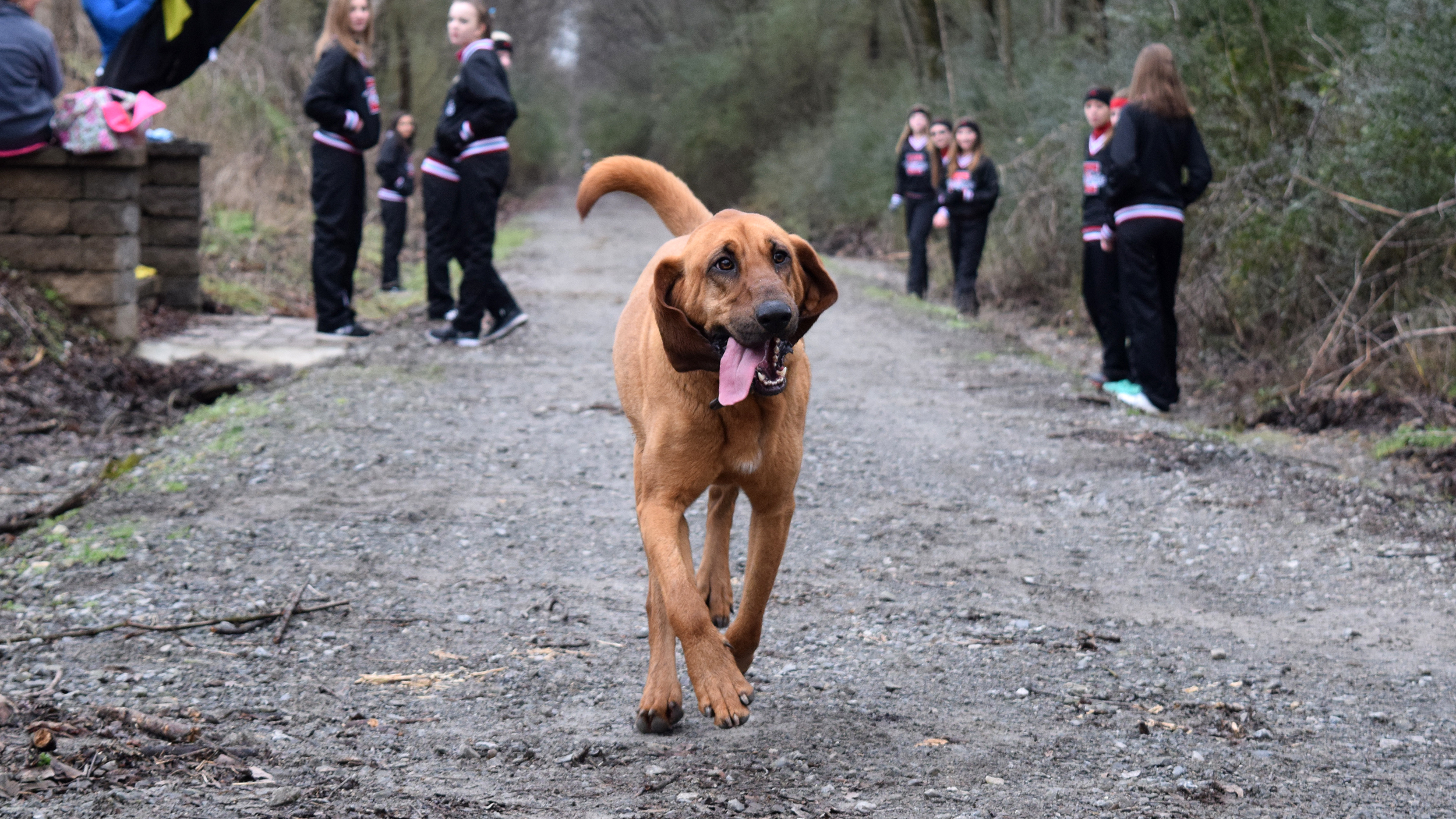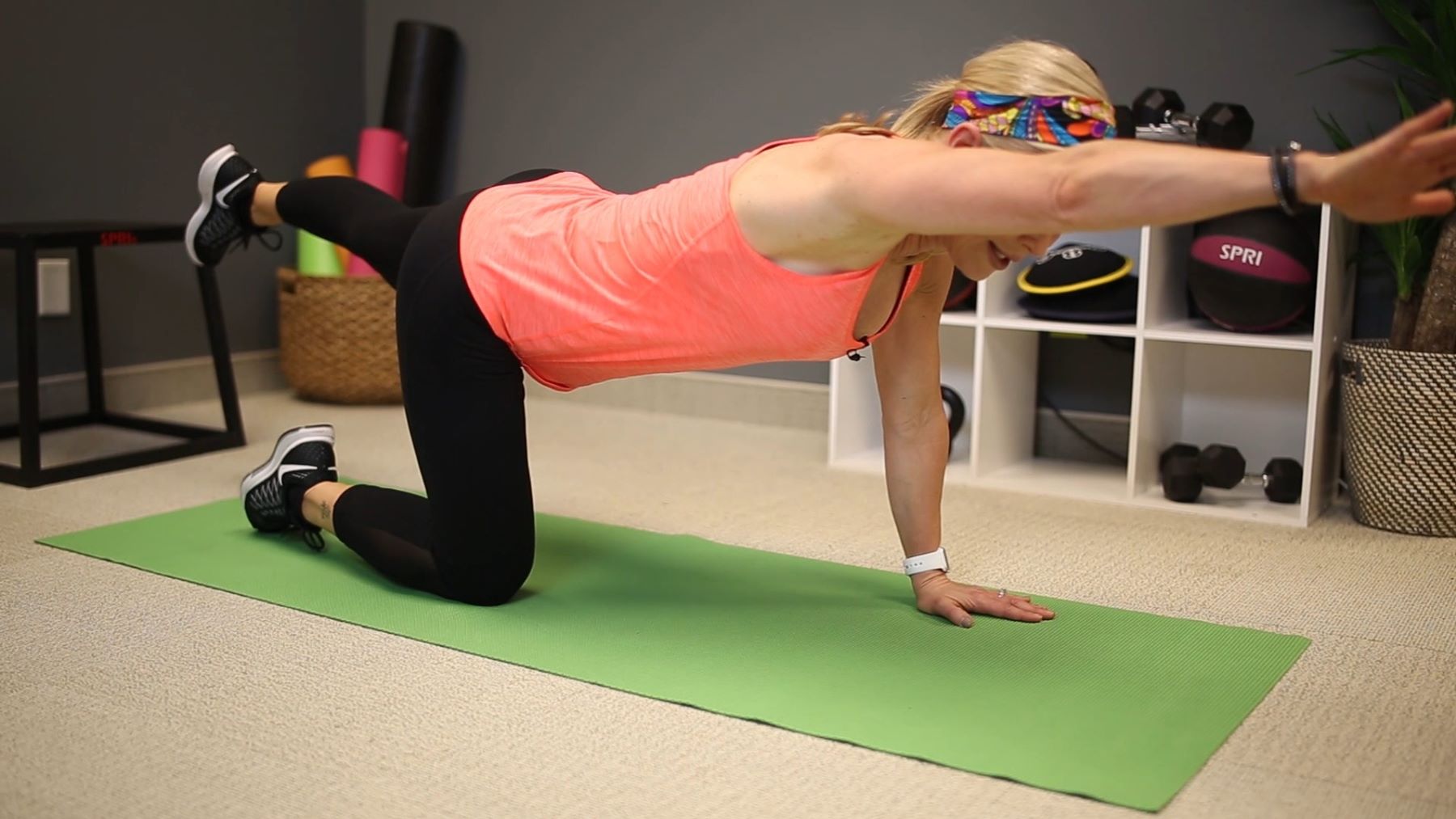

Featured
What Is Bird Dog Exercise
Published: September 28, 2023
Discover the benefits and proper form of the featured Bird Dog exercise. Strengthen your core and improve stability with this effective workout.
Introduction
The bird dog exercise is a versatile and effective exercise that targets multiple muscle groups, especially the core, lower back, and glutes. It is a fundamental exercise commonly used in various fitness routines, including Pilates, yoga, and strength training. The bird dog exercise gets its name from the position mimicking a hunting dog pointing its prey.
This exercise is not only popular among athletes and fitness enthusiasts but also recommended by physical therapists and chiropractors as a part of rehabilitation programs. It helps improve stability, balance, posture, and overall body coordination. The simplicity of the bird dog exercise makes it accessible to individuals of all fitness levels, from beginners to advanced practitioners.
By engaging both the upper and lower body, the bird dog exercise can have a profound impact on functional movements in everyday life. It helps strengthen the core muscles, which play a crucial role in providing support and stability to the spine. Moreover, it targets the muscles of the hips, shoulders, and back, resulting in improved strength and joint mobility.
Unlike other exercises that rely on heavy weights or complex equipment, the bird dog exercise primarily utilizes body weight and relies on proper form and alignment. This makes it a safe and accessible exercise for individuals of all ages.
In this article, we will explore in detail the technique, benefits, common mistakes, and precautions associated with the bird dog exercise. Whether you are a fitness enthusiast looking to mix up your routine or someone recovering from an injury, understanding the basics of this exercise will help you maximize its benefits and avoid potential pitfalls.
Definition of Bird Dog Exercise
The bird dog exercise is a bodyweight exercise that targets the core muscles, lower back, and glutes. It is performed on all fours, mimicking the position of a hunting dog pointing its prey. The exercise involves extending one arm forward while simultaneously extending the opposite leg backward, creating a straight and stable line from fingertips to toes. This exercise is repeated on the opposite side, alternating between sides.
The bird dog exercise engages multiple muscle groups, including the deep abdominal muscles (transverse abdominis), rectus abdominis (six-pack muscles), erector spinae (back muscles), glutes, deltoids, and the muscles of the shoulder blades (scapulae). The exercise involves the coordination of these muscles to maintain stability and balance while moving in an opposing pattern.
This exercise can be modified to suit individual needs and fitness levels. For beginners, performing the exercise with knees on the ground can help reduce the load on the core and lower back muscles. As strength and stability improve, the exercise can be progressed by adding resistance bands or weight to increase the challenge.
Overall, the bird dog exercise is a simple yet effective exercise that targets multiple muscle groups simultaneously. It is a versatile exercise that can be incorporated into various fitness routines to improve core strength, stability, and overall body coordination.
Benefits of Bird Dog Exercise
The bird dog exercise offers a wide range of benefits for individuals of all fitness levels. Incorporating this exercise into your routine can help improve overall physical fitness and enhance functional movements. Here are some key benefits of the bird dog exercise:
- Core Strength: The bird dog exercise primarily targets the core muscles, including the deep abdominal muscles, obliques, and lower back muscles. By consistently performing this exercise, you can develop a strong and stable core, which is essential for maintaining good posture, preventing lower back pain, and improving overall body strength.
- Improved Stability and Balance: The bird dog exercise requires you to maintain stability and balance while extending your limbs. This exercise challenges your core muscles and stabilizer muscles, helping to improve balance and coordination. This can be particularly beneficial for athletes, as well as older adults who may be at a higher risk of falls.
- Enhanced Postural Alignment: Poor posture is a common issue in today’s sedentary lifestyle. The bird dog exercise can help correct muscle imbalances and improve postural alignment. As the exercise targets the muscles responsible for maintaining proper posture, regular practice can lead to improved spinal alignment and reduced risk of postural-related issues.
- Improved Hip and Shoulder Stability: The bird dog exercise engages the glute muscles, which are important for hip stability. Additionally, the exercise targets the muscles of the shoulder blades and upper back, promoting shoulder stability and preventing shoulder injuries. Strengthening these muscle groups can enhance overall joint stability and function.
- Greater Total Body Strength: The bird dog exercise engages multiple muscle groups, including the core, glutes, shoulders, and back. By consistently performing this exercise, you can develop overall body strength and endurance, which can be beneficial for various daily activities and sports performance.
- Injury Prevention: The bird dog exercise helps build strength and stability in the core and back muscles, reducing the risk of injuries, especially in the lower back. By strengthening these muscles, you can improve spinal support and reduce the likelihood of strains or sprains during physical activity.
Regularly incorporating the bird dog exercise into your fitness routine can yield significant benefits, improving core strength, stability, posture, and overall physical performance.
Technique and Execution of Bird Dog Exercise
The bird dog exercise may seem simple, but proper technique and execution are crucial for maximum benefits and preventing injuries. Follow these steps to perform the bird dog exercise correctly:
- Starting Position: Begin on all fours with your hands directly beneath your shoulders and your knees directly beneath your hips. Keep your spine neutral, with your head in line with your spine.
- Engage Your Core: Brace your core by pulling your belly button towards your spine. This will help stabilize your spine throughout the exercise.
- Extend One Arm: Lift one arm straight out in front of you, parallel to the floor. Avoid arching or rounding your back. Your shoulder should be relaxed and away from your ear.
- Extend Opposite Leg: Simultaneously, extend the opposite leg straight back, parallel to the floor. Keep your toes pointed and maintain a straight line from your fingertips to your toes.
- Pause and Hold: Hold the extended position for a couple of seconds, focusing on maintaining stability and balance.
- Return to Starting Position: Slowly lower your arm and leg back to the starting position, with control and without touching the ground.
- Alternate Sides: Repeat the exercise by extending the opposite arm and leg. Continue alternating sides for the desired number of repetitions or duration.
Throughout the exercise, it is essential to maintain proper alignment and engage the targeted muscles. Here are some tips to ensure correct technique:
- Avoid sagging or rounding the back: Keep your spine neutral and avoid excessive arching or rounding of the back. Engage your core muscles to maintain stability.
- Do not let your hips rotate: Keep your hips level and avoid rotating or tilting them to one side. This will help maintain proper alignment and engage the glute muscles effectively.
- Breathe: Remember to breathe throughout the exercise. Inhale as you prepare for the movement and exhale as you extend your arm and leg.
- Start with modifications: If you are new to the bird dog exercise or have any limitations, you can start by performing the exercise with your knees on the ground. This will decrease the load on your core and allow you to focus on proper form and alignment.
By following these guidelines and paying attention to proper form, you can maximize the benefits of the bird dog exercise and avoid potential injuries.
Variation and Progression of Bird Dog Exercise
The bird dog exercise is a versatile exercise that can be modified and progressed to suit individual needs and fitness levels. Here are some variations and progressions of the bird dog exercise:
- Knee Bird Dog: If you are new to the exercise or have difficulty maintaining stability, you can start by performing the bird dog exercise with your knees on the ground. This modification reduces the load on the core and allows you to focus on proper form and alignment.
- Resistance Band Bird Dog: To add resistance and increase the intensity of the exercise, you can incorporate resistance bands. Attach the band to a sturdy anchor point and loop it around your foot as you perform the bird dog exercise. The resistance from the band challenges your muscles further and helps develop strength and stability.
- Weighted Bird Dog: Another way to progress the bird dog exercise is by adding weights. You can hold a dumbbell in your hand or attach ankle weights to your leg as you extend your limbs. This additional weight increases the demand on your muscles, promoting strength and endurance development.
- Dynamic Bird Dog: To increase the challenge and incorporate more dynamic movements, you can combine the bird dog exercise with other exercises. For example, as you extend your arm and leg, you can perform a push-up or a mountain climber on the supporting leg. This combination of exercises enhances not only core strength but also upper body and cardiovascular conditioning.
- Unstable Surface Bird Dog: Performing the bird dog exercise on an unstable surface such as a Bosu ball or a balance board can further challenge your stability and engage your core muscles. The instability of the surface requires your muscles to work harder to maintain balance, leading to greater muscle activation and strengthening.
- Single-Leg Bird Dog: Once you have developed strength and stability, you can progress to the single-leg bird dog. In this variation, instead of extending the opposite leg, you keep it lifted off the ground throughout the exercise. This variation significantly increases the demand on the supporting leg and core muscles, enhancing balance, stability, and unilateral strength.
When incorporating variations and progressions of the bird dog exercise, it is crucial to listen to your body and gradually increase the difficulty. Focus on maintaining proper form and alignment throughout the exercise to maximize effectiveness and minimize the risk of injury.
Common Mistakes and How to Avoid Them in Bird Dog Exercise
The bird dog exercise, like any other exercise, can be performed incorrectly if proper form and technique are not followed. Here are common mistakes to watch out for and how to avoid them:
- Sagging or rounding the back: One common mistake is allowing the back to sag or round during the exercise. This can put excessive strain on the lower back and compromise the effectiveness of the exercise. To avoid this, focus on keeping your spine neutral and engage your core muscles to maintain stability. Imagine a straight line from your head to your tailbone throughout the exercise.
- Hip rotation: Another mistake is allowing the hips to rotate or tilt to one side. This can lead to an imbalance in muscle activation and reduce the effectiveness of the exercise. To prevent hip rotation, focus on keeping your hips level and engaging your glute muscles. Imagine your pelvis as a stable platform throughout the movement.
- Overarching the lower back: A common mistake is excessively arching the lower back during the exercise. This can put strain on the lumbar spine and reduce the engagement of the core muscles. To avoid this, focus on maintaining a slight natural curve in your lower back and avoid exaggerating the arch. Engage your core to keep the spine stable and the pelvis neutral.
- Raising the shoulders: It is important to keep the shoulders relaxed and away from the ears during the exercise. Raising the shoulders can lead to unnecessary tension and limit the range of motion in the exercise. Focus on keeping the shoulders stable and aligned with the rest of the body throughout the movement.
- Lack of stability and balance: Some individuals may struggle with maintaining stability and balance during the exercise. This can be due to weak core muscles or limited body awareness. To improve stability and balance, start with modifications such as performing the exercise with knees on the ground. Gradually progress to the full exercise as your strength and stability improve.
To avoid these common mistakes, it is recommended to start with proper instruction and guidance from a qualified fitness professional. They can help you understand and correct any errors in your form, ensuring that you get the most out of the bird dog exercise while minimizing the risk of injury.
Precautions and Considerations for Bird Dog Exercise
While the bird dog exercise is generally safe for most individuals, it is essential to consider certain precautions and modifications, especially if you have specific conditions or limitations. Here are some precautions and considerations to keep in mind:
- Individual Limitations: If you have any pre-existing conditions or injuries, such as chronic back pain, herniated discs, or shoulder issues, it is crucial to consult with a healthcare professional or a qualified fitness trainer before attempting the bird dog exercise. They can provide personalized guidance and adaptations to ensure your safety and prevent exacerbation of any existing conditions.
- Start Slowly and Progress Gradually: If you are new to the bird dog exercise or have not engaged in regular physical activity, it is advisable to start slowly and progress gradually. Begin with basic modifications and focus on mastering proper form and technique. Gradually increase the duration or number of repetitions as your strength and stability improve.
- Avoid Holding Your Breath: It is common for individuals to hold their breath while performing challenging exercises. This can increase tension and limit overall performance. Remember to breathe steadily and naturally throughout the exercise. Inhale during the preparation phase and exhale as you extend your arm and leg.
- Listen to Your Body: Pay attention to your body’s feedback during the exercise. If you experience any pain, discomfort, or dizziness, stop the exercise immediately. It is important to differentiate between muscle fatigue and actual pain. If you are unsure or if the discomfort persists, consult with a healthcare professional for further evaluation.
- Use Proper Form and Alignment: Always prioritize proper form and alignment in the bird dog exercise. This includes maintaining a neutral spine, engaging the core, and avoiding excessive movement or compensations. Performing the exercise with incorrect alignment can lead to ineffective results and potential injury.
- Modify as Needed: Everyone’s body is unique, and what works for one person may not work for another. If you find certain aspects of the bird dog exercise difficult, modify the exercise to suit your individual needs and limitations. This may involve performing the exercise on an elevated surface or using support props to maintain proper alignment.
Remember, it is always important to consult with a healthcare professional or a qualified fitness trainer to ensure that the bird dog exercise is suitable for your specific circumstances and fitness level. They can provide personalized guidance and tailor the exercise to meet your needs while minimizing the risk of injury.
Conclusion
The bird dog exercise is a highly effective and versatile exercise that offers a multitude of benefits for individuals of all fitness levels. From improving core strength and stability to enhancing balance, posture, and overall body coordination, this simple yet impactful exercise targets multiple muscle groups simultaneously.
By incorporating the bird dog exercise into your fitness routine, you can strengthen your core, lower back, glutes, and shoulder muscles. This can lead to improved overall physical fitness, injury prevention, and enhanced functional movements in everyday life.
However, it is important to approach the bird dog exercise with proper technique and consideration. Paying attention to form, avoiding common mistakes, and progressing gradually are essential for maximizing the effectiveness of the exercise and reducing the risk of injury.
It is also crucial to consider individual limitations and consult with healthcare professionals or qualified fitness trainers if you have any concerns or pre-existing conditions. They can provide customized modifications and guidance to ensure your safety and optimize the benefits of the bird dog exercise.
Whether you are new to fitness or an experienced athlete, the bird dog exercise is a valuable addition to any workout routine. Start with the basics, focus on proper form, and gradually progress as your strength and stability improve. With consistent practice, you will reap the rewards of improved core strength, enhanced stability and balance, and overall physical well-being.
